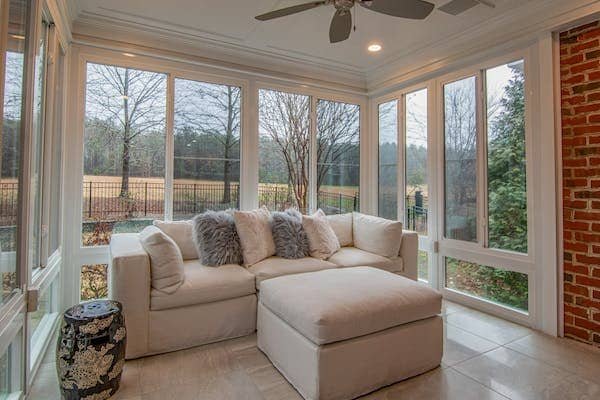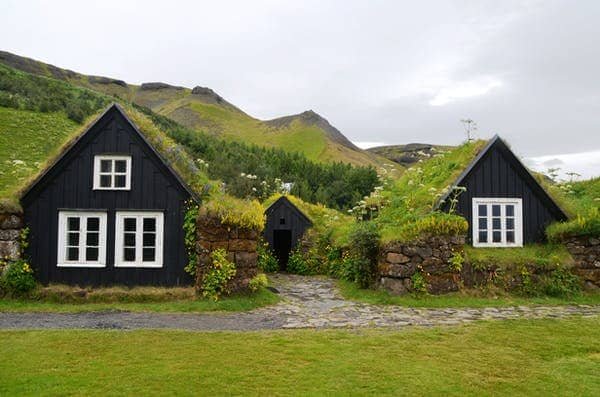As communities worldwide increasingly focus on sustainability, homeowners are finding easy ways to reduce their carbon footprint and save money on utility bills.
With the increasing importance of reducing our environmental impact and increasing our resilience, homeownership is an opportunity to get ahead of the curve to achieve eco-friendly living.
By following these tips, homeowners can maximize their energy efficiency, reduce waste and promote a sustainable lifestyle.
1. Upgrade Insulation and Windows

Upgrade insulation and windows to minimize heat leaving your home during winter months, minimize heat entering in during summer, and reduce your reliance on artificial cooling systems.
Modern energy-efficient windows can mitigate air infiltration and leaking, while windows glazed with low-emissivity coatings reflect infrared radiation, protecting your home from outside temperatures.
Insulate your home with natural materials (like wool or cellulose) for energy savings, sound control, and air sealing.
2. Invest in a Tankless Water Heater

Traditional water heaters consume vast amounts of electricity, and inefficient usage can lead to widespread household water waste.
Tankless water heaters, such as electric, or hybrid units, do not require a storage tank, leading to significant energy savings.
They save energy because they only heat water when you need it, reducing your water heating energy usage by up to 30%.
3. Harness Renewable Energy

Renewable energy is a growing industry in housing. Solar panels come with a range of benefits and can be installed on your roof to harness the natural energy of the sun.
Not only can it save homeowners money on energy costs, but it also increases home value, reduces carbon footprint & power outages, and raises alarm against blackouts.
Geothermal energy can also be used through ground and air sources, which work by exchanging heat with the ground/air, providing cooling during summer and warmth in cold months.
4. Consider Natural Ventilation

Natural ventilation is an energy-efficient method of cooling buildings using outside air without the need for mechanical systems such as air conditioners, fans, or exhaust systems.
It lets in cool air at a low level and then disperses hot air by allowing it to escape through upper openings, such as windows, vents, or louvers.
As natural ventilation avoids the use of energy-consuming mechanical systems, it significantly reduces the energy consumption of a building.
Natural ventilation also helps to remove stale air, pollutants, and odors, which improves indoor air quality and helps occupants to work in a healthy environment.
Moreover, Natural ventilation does not require any cost on electricity use and is very cost-effective, particularly in the long term.
5. Use Sustainable Materials

Using sustainable materials in buildings is a key element of energy efficiency because it reduces the energy consumed during construction, maintenance, and end-of-life disposal.
Sustainable materials use less energy in their production, transportation, and installation, which means less energy is required in embodied energy costs associated with the construction of buildings.
Sustainable materials such as insulated concrete forms (ICFs) and Structural insulated panels (SIPs) can provide better insulation, thus reducing the heating and cooling energy consumption of buildings.
Sustainable materials can also be easily recycled or repurposed, reducing the need for energy-intensive remodeling or disposal of building waste.
In conclusion
By making these small but impactful changes, homeowners can transform their living space into an eco-friendly haven.
In addition to reducing carbon footprint, these upgrades also increase home value, reduce reliance on non-renewable resources & eliminate energy waste.
Plus, homeowners can reduce their exposure to toxic chemicals, improve indoor air quality, and save a significant amount of money on utility bills.










